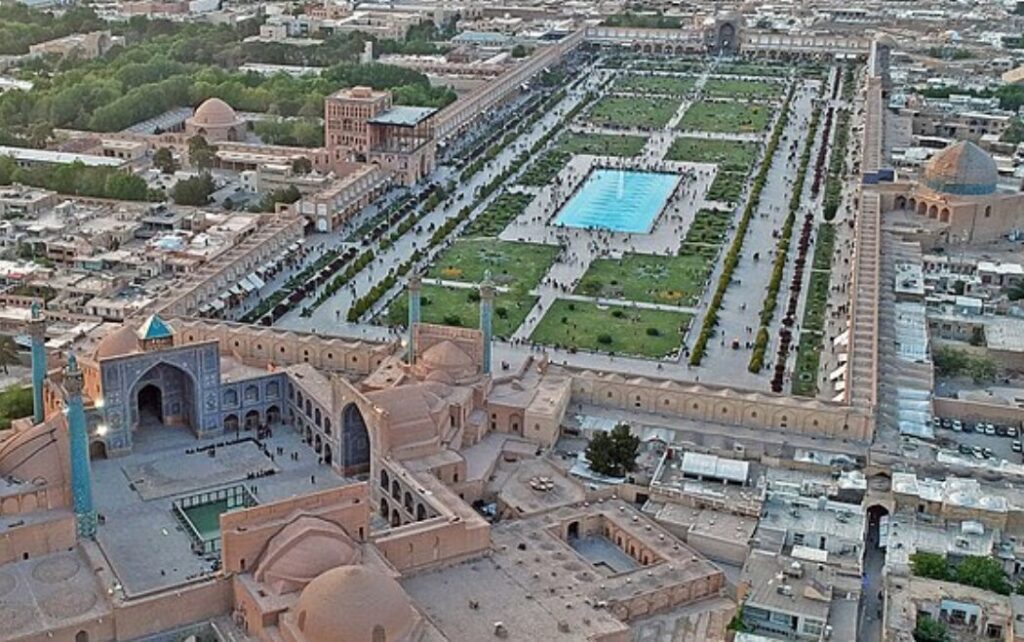TEHRAN – Iran has launched a national plan to monitor land subsidence in and around the historic site, according to Seyyed Hamid Pourmohammadi, organisational director of planning and budget.
Speaking in a session with senior officials from the Ministry of Cultural Heritage, Tourism and Handicrafts on Saturday, Pourmohammadi announced the launch of a joint initiative with the National Mapping Centre to systematically track land subsidence in the heritage area, Isna reported.
He emphasized that the planning and budget organization will fully support well-structured, transparent, and practical plans and projects aimed at protecting Iran’s cultural assets.
“The challenges of land subsidence in the historic zone are realistic and growing. We have now launched a scientific and continuous monitoring plan to address this issue,” says Pourmohammadi. “Our organizations are ready to expand cooperation, including providing early warnings and implementing prevention strategies.”
He also highlighted the need to integrate modern technology into heritage preservation efforts, ensuring real-time surveillance of vulnerable sites, suggesting the development of smart surveillance systems, installation of permanent surveillance cameras, and establishment of scientific observation networks.
Tourism Minister Seyed Reza Salehi Amiri reflected concerns on his part, describing the land subsidence as a serious and escalating national threat to Iran’s historic heritage.
Salehi-Amiri called for the establishment of a national task force to coordinate strategies to manage the crisis.
“Land subsidence is a hidden disaster and could cause irreparable damage to our cultural heritage over the next decade,” warned Salehi Amiri. “
Over the past decades, many cities and regions across the country have experienced land subsidence, which has increasingly threatened the structure and site of cultural heritage.
5 times the world average of land subsidence in Iran
Available data suggest that Iran’s average land subsidence is five times the global average.
According to the National Mapping Center, the average annual land subsidence of the world is about 3 centimeters, while the average land subsidence of Iran is about 15 centimeters.
Experts say the most important cause of land subsidence is excessive extraction of groundwater. When it occurs, it is considered irreversible.
Gradual or sudden subsidence of the Earth’s surface due to land subsidence, movement of earth’s materials is primarily caused by the compression of aquifer systems, drainage, and the drainage of organic soils, underground mining, oil and gas extraction, aqueous compression, natural compression, sinkholes, and decomposition of melting permafrost.
In 2021, Gholam-Ali Jafarzadeh, former head of the National Centre for Cartography, lamented that around 29 states currently have a risk of subsidence. He noted that two factors, climate change and human intervention, are designated as the most important factors for land subsidence in the country, and that measures are expected to be taken to alleviate environmental pressures.
morning

